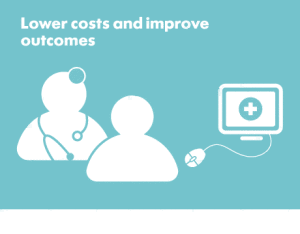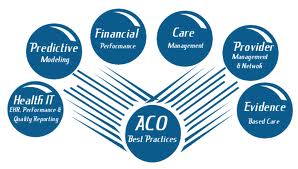A common criticism of direct primary care (membership/retainer/concierge practices) is the added expense – “isn’t it too expensive?” Ways to think about the cost are to prioritize expenditures and to consider potential savings that make it cost effective.
I gave examples of three direct primary care practices in an earlier post. Here is a recap of costs.
AtlasMD’s annual fee is $600 for a young adult and about $1400 for a family of four; Dr Neuhofel’s fee is $360-$600 annually for an individual and $1200 for a family of four and Drs Izbicki charge $780 per year per individual. All can be paid monthly.
As Jon Izbicki puts it, “Our monthly fee is less than what it costs to rent a parking space downtown for the month.” Even the more expensive retainer practices are still within reason for many. $1500 is about $4 per day; $2000 is about $5.50. How many people spend that much per day at Starbucks? Or, consider the monthly/annual cost of a smart phone data contract with ATT or Verizon. According to the Wall Street Journal and quoting from a Department of Labor study, the average American family spends $2237 per year for internet, pay TV and telephone service. So, perhaps $1500 or $2000 – which is certainly real money – is not such an onerous expense when thinking in terms of prioritizing healthcare expenses relative to other expenses. Of course, it is an added expenseif you already have typical insurance.
But if you have a high deductible plan with a health savings account (HSA), you can pay for the membership/retainer with tax advantaged dollars and save considerably. And since the PCP will likely help you avoid expensive trips to the specialist, you will save those dollars as well.
I predict that (absent a significant change in insurer behavior) direct primary care will likely be the future of primary care payment. In each of them, it means that the patient will obtain real assistance to first prevent chronic illnesses from occurring; second, episodic care for those issues that pop up during the year; third, careful care of complex chronic illnesses and fourth, thorough coordination of the care of chronic illnesses, all at a reasonable cost which will be transparent. Fifth and importantly, a PCP who has the time to listen – to listen deeply with a return to relationship medicine.
Those who already have typical limited deductible insurance – commercial or Medicare – might argue that these various direct primary care models represent an added expense, not a savings. Correct, although the potential savings can actually be quite substantial. For example, each of the three practices referred to above make generic medications available at wholesale prices; considerable savings for many individuals.
Those who have no insurance – for whatever reason – will find that they can obtain good quality primary care at a reasonable price from one of the direct pay or membership practices. It will cost a lot less than going to an urgent care center or an ER. Recall from my earlier post that Dr Neuhofel’s practice has more than two thirds with no insurance.
Perhaps Medicare and Medicaid will decide that it makes eminently good sense to pay the retainer for their enrollees and thus ensure that their members gets superior primary care at a reasonable cost and meantime save Medicare and Medicaid enormous total dollars.
This concept applies equally to commercial insurers who have largely avoided paying the retainer. Some are collaborating with the insurer paying the retainer out of its premium.
What about employers? Many are converting their health insurance policies to high deductible, often with a deductible as high as $10,000 per person or family per year. For a family with members that have chronic illnesses, the costs of healthcare will be very substantial indeed at this level. Employees will arguably feel that their employer has walked away from them and saddled them with costs that they simply cannot bear. The company can partially offset the inherent anger this generates among its employees by paying the fee for a direct primary care practice. It is especially valuable for the individual with multiple chronic illnesses since quality primary care can mean much better health, many fewer tests, prescriptions, specialist referrals and hospitalizations.
I suspect that employers will be the major reason for direct primary care membership/retainer-based practice growth in the coming years as they will essentially demand that level of service for their employees – and in so doing they will be reducing their company health care costs as a result of high quality primary care.
The exact number of physicians in DPC practices is unclear but an estimate by Concierge Medicine Today in early 2014 pegs the known number at about 4000 with about 8000 others doing so but without fanfare. CMT also notes that many combine insurance with membership fees; not exactly DPC anymore but still an ability to limit the number of patients and give more attention to each.
More doctors will convert once the general population understands the advantages and begins to ask for it. There are many good reasons for an individual to connect with a direct primary care physician – better quality care, a return to relationship medicine and often a significant cost savings despite the fee.








